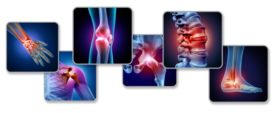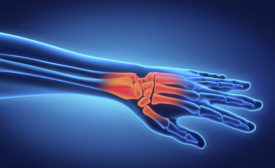Home » Keywords: » musculoskeletal
Items Tagged with 'musculoskeletal'
ARTICLES
Health
A comprehensive guide to the emerging field of athletic trainers and industrial athletes
Read More
Inside NIOSH
“Machine learning” targets prevention of musculoskeletal injuries, and slips, trips, and falls
June 22, 2018
A NIOSH Science Blog post
Wearable exoskeletons to reduce physical load at work
March 10, 2016
Become a Leader in Safety Culture
Build your knowledge with ISHN, covering key safety, health and industrial hygiene news, products, and trends.
JOIN TODAYCopyright ©2025. All Rights Reserved BNP Media.
Design, CMS, Hosting & Web Development :: ePublishing






